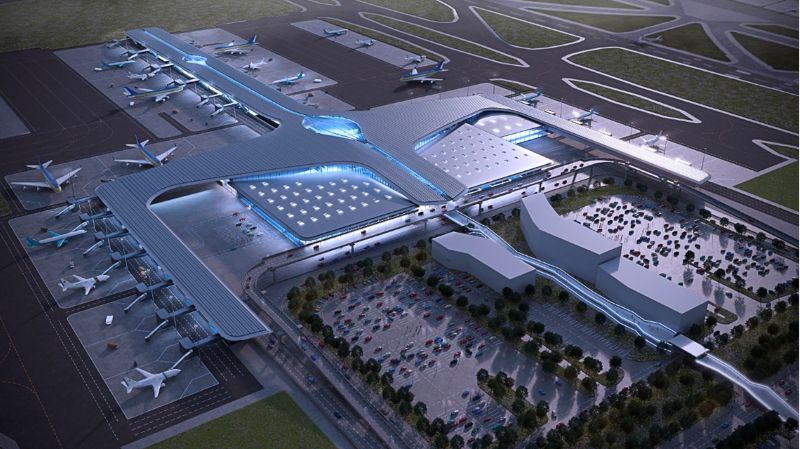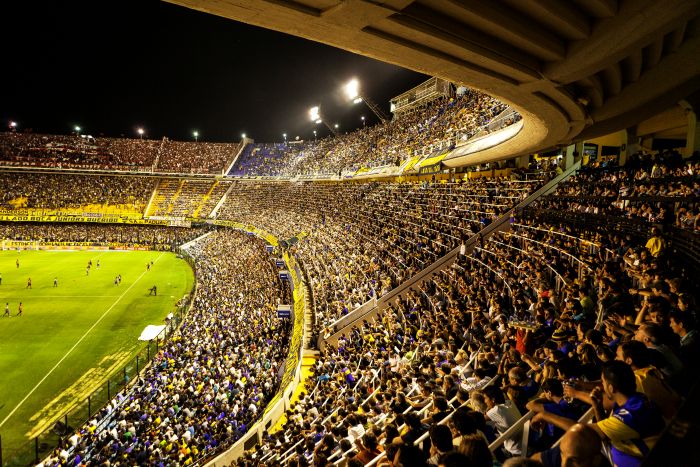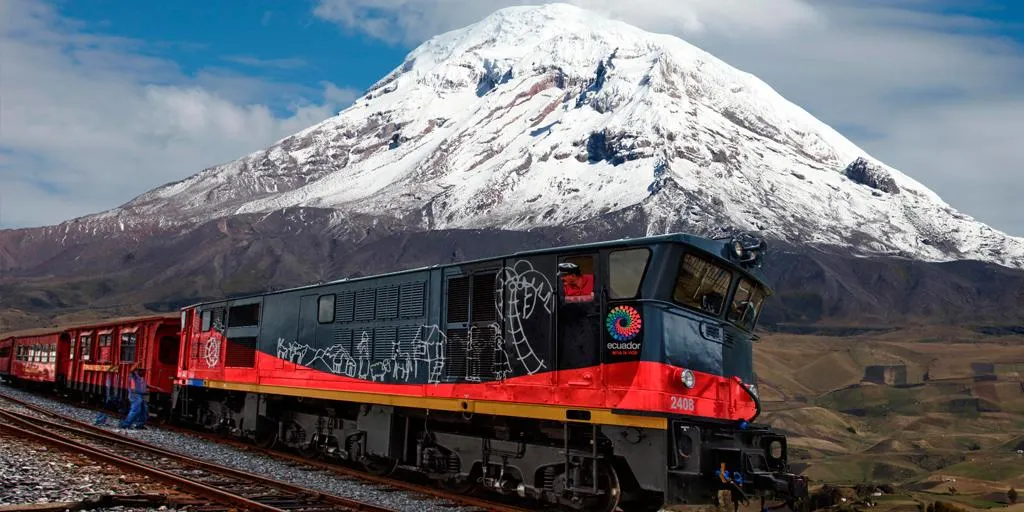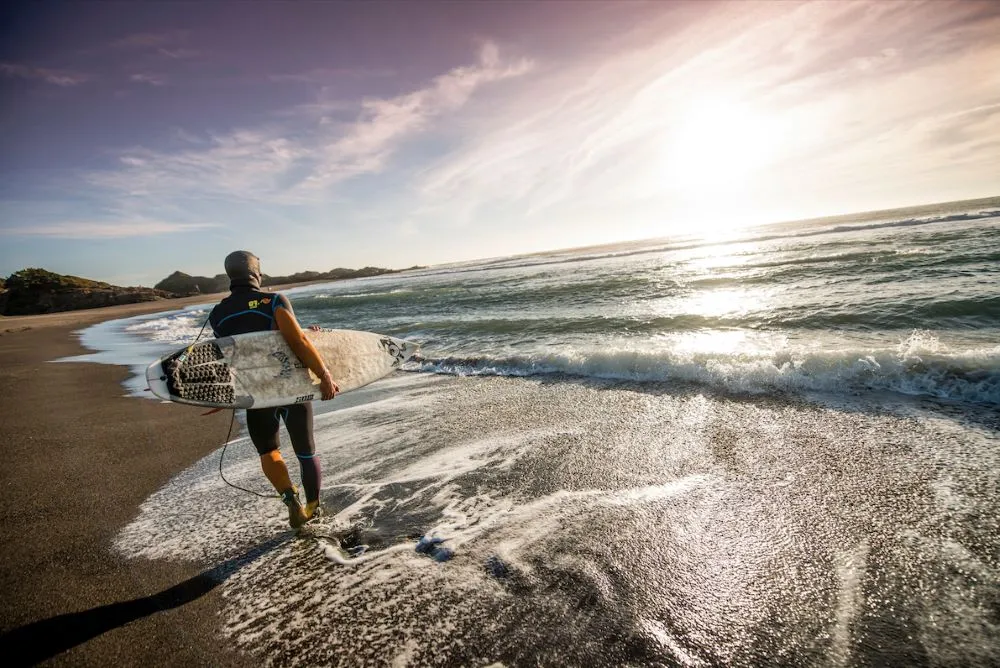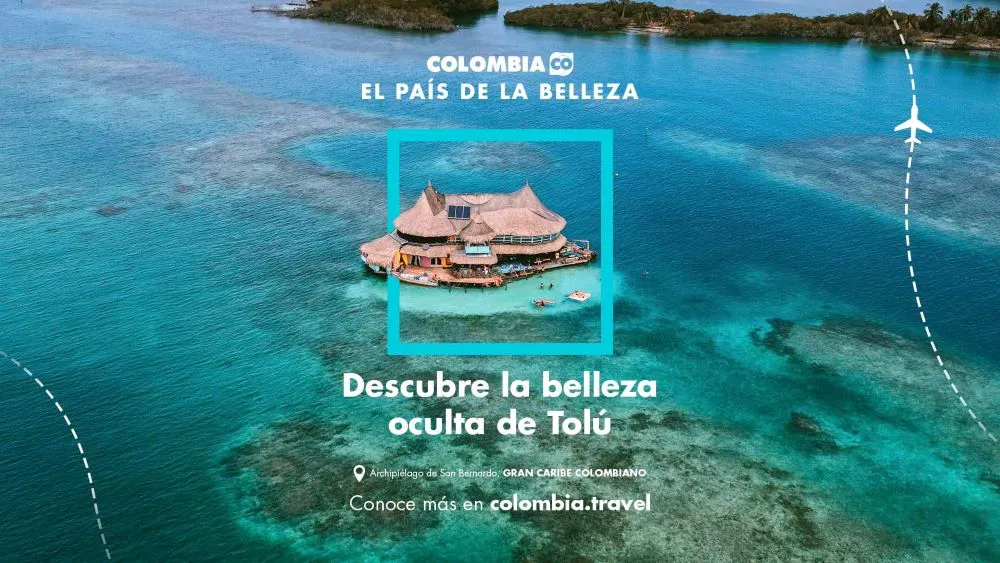Texte de Eva Wolf – Cet article a été publié initialement sur le site www.elcafelatino.org
Archéologue reconnu pour ses travaux sur l’archéologie amazonienne, Stéphen Rostain a cherché à combattre les ignorances archéologiques concernant cette région ainsi que les préjugés de l’archéologie académique.
Après un service civil en Guyane Française, Stéphen Rostain entreprend une thèse intitulée « L’occupation amérindienne ancienne du littoral de Guyane ». À cette époque, sur les sept mille km² de l’Amazonie, seulement une dizaine d’archéologues travaillaient. On prônait comme définitif les axiomes des « civilisations » dont les marqueurs étaient la construction de bâtiments en pierre (pyramides ou temples), une structure sociétale fortement hiérarchisée (ainsi les civilisations Incas-Mayas-Aztèques), les sacrifices humains.
De plus, si l’on abordait les civilisations précolombiennes amazoniennes, les hypothèses étaient que l’existence des populations résiduelles contemporaines était le reflet des civilisations passées, que les traces retrouvées en Amazonie n’impliquaient pas une occupation pré-colombienne, qu’il n’existait pas de villes sur ce territoire et que les preuves d’agriculture étaient invisibles.
Les travaux de Stéphen Rostain débuteront par la remise en question de tous ces axiomes.
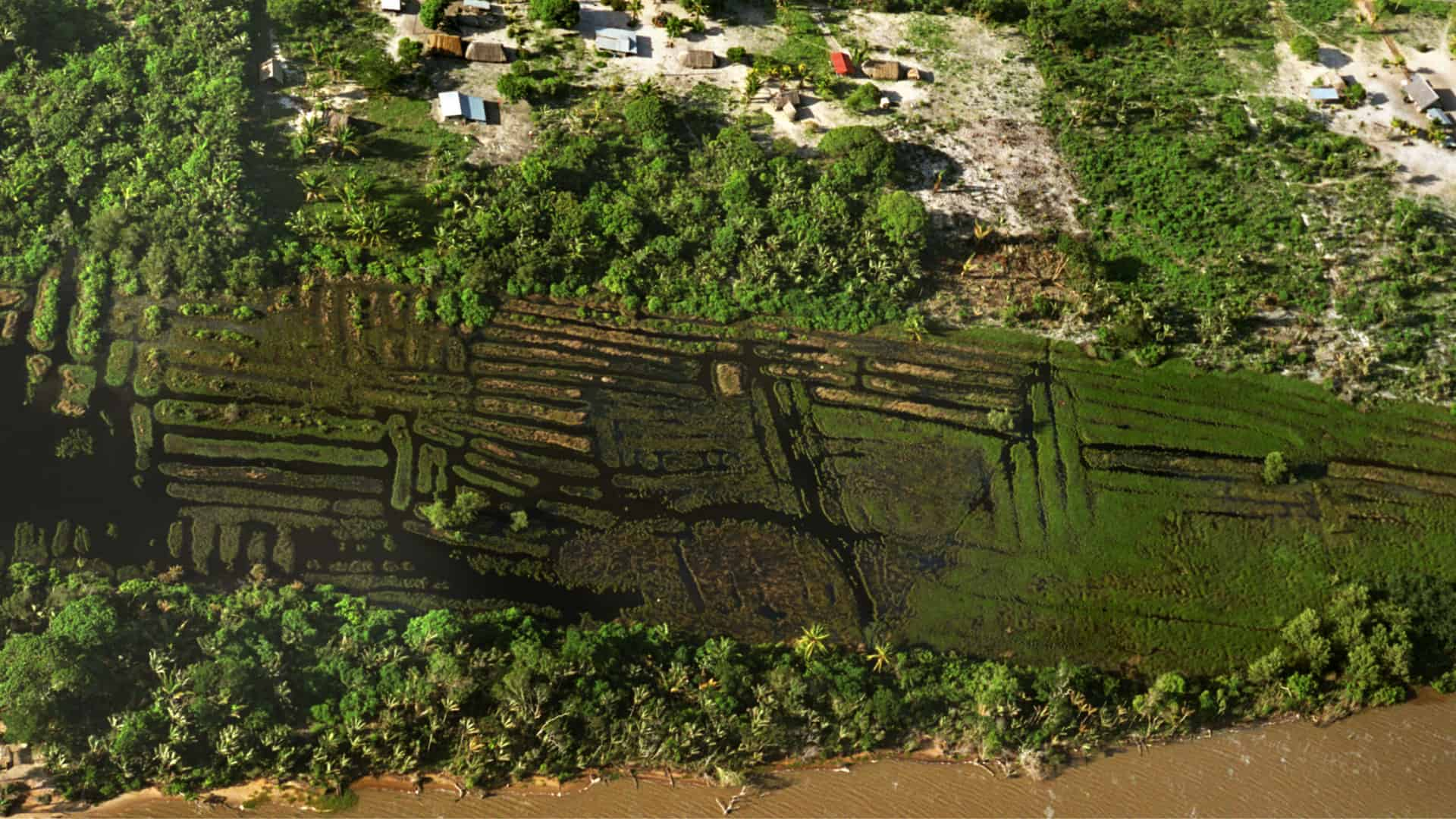
Comment et par quoi commencer ?
Par le questionnement des populations locales qui lui fourniront des informations sur les 50 sites archéologiques qu’il visitera. Puis par les survols des zones côtières en ULM qui lui fourniront des images aériennes de damiers. Ceux-ci sont en réalité une série de buttes d’un diamètre de 1 à 4 mètres, autrefois plantées de maïs, courges et haricots, à l’exemple des cultures amérindiennes de Bolivie. Ce chercheur en déduit l’existence de pratiques agricoles anciennes très élaborées.
Ce qui demeure des peuples amazoniens est le résultat d’une épidémie due à l’introduction de nouveaux virus européens au XVIe siècle. A cause de cette vague de maladies, 90% de ces populations ont disparu. Cependant, des traces de villes et villages ont été retrouvées, ainsi que des routes commerciales et cérémonielles dont la largeur pouvait atteindre 20 mètres.
Comment ne pas être impressionné par leurs aptitudes au terrassement à grande échelle, la logistique que cela exige, par leur agriculture respectueuse de la forêt, et par les 350 langues parlées encore aujourd’hui en Amazonie ?
Il est regrettable que l’UNESCO n’ait classé aucun site amérindien d’Amazonie. Comme si la difficulté était encore de démontrer qu’une telle civilisation existait, civilisation dont l’habitat était de terre, de structure sociétale égalitaire, de tradition orale, d‘agriculture non invasive. Elle ne renvoyait pas l’image attendue. C’est pourquoi le dernier axiome comme quoi l’Amazonie précolombienne était une forêt vierge, a été battu en brèche par Stéphen Rostain.
Depuis les années 2000, plus personne n’ignore que l’Amazonie est le poumon vert de notre planète, zone habitée et cultivée qui pourrait exister, sans massacre, sans abattage d’arbres, sans exploitations minières dont on connaît les dégâts. Le progrès, dans le contexte mondial d’un réchauffement climatique, ce n’est plus de défricher et de « se servir », c’est de prendre conscience de la savanisation de l’Amazonie avec, déjà en vingt ans d’abattage, 550 000 km² déforestés et des sécheresses induites, comme déjà au Brésil ; c’est de préserver les cultures humaines y vivant, Stéphen Rostain appuyant pour que l’UNESCO classe d’autres sites amérindiens après le Parc National de Chiribequete en Colombie en 2018. Alors que la Guyane française constitue un cinquième du territoire de la métropole, il est à espérer que la France prenne parti contre ces « progrès » polluants et destructeurs. Nous sommes au seuil d’un point de non-retour, à l’aube de vivre les derniers instants d’un trésor de biodiversité.


